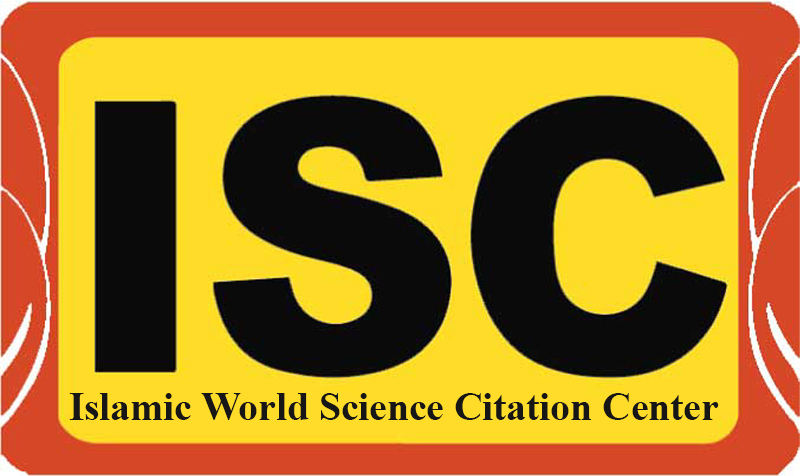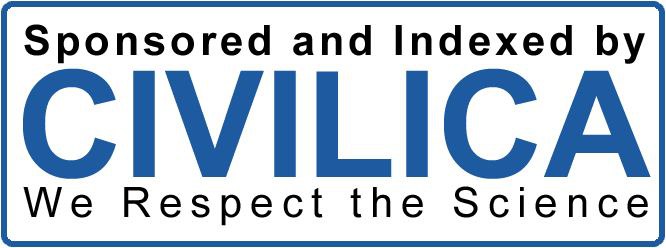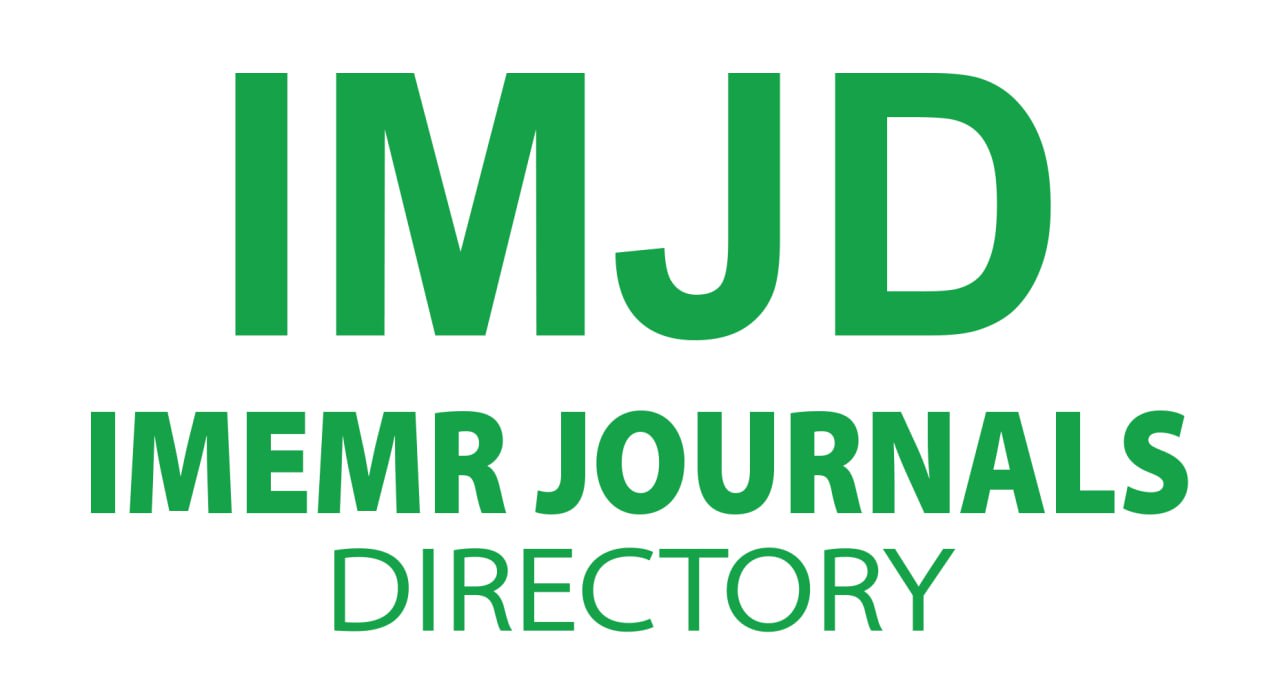Hereditary Angioedema: The First Case Reports from Afghanistan
DOI:
https://doi.org/10.62134/ajbms/v2.i2.khatamuni.11Abstract
Background: Hereditary angioedema is an uncommon condition characterized by a wide range of symptoms, including edema of the skin, gastrointestinal mucosa, and larynx or throat. Even though there are three varieties, the most common is type I, which is caused by a lack of the complement C1 inhibitor.
Case presentation: Herein, we describe the cases of Afghan patients diagnosed with HAE. The patients presented shortness of breath, swelling, and swelling in the face, hands, and feet. In all three cases, symptoms such as numbness in the face, hands, and feet, hoarseness, and alterations in the normal form of the face are observed.
Conclusion: HAE diagnosis is frequently a complex and time-consuming process. It necessitates a thorough physical examination, with a focus on the circumstances and frequency of clinical symptoms, as well as an in-depth review of the family history. Understanding the physical examination and the analysis of specified laboratory testing is critical to arriving at an accurate diagnosis.
Downloads
Published
How to Cite
Issue
Section
Categories
License
Copyright (c) 2024 Afghanistan Journal of Basic Medical Science

This work is licensed under a Creative Commons Attribution 4.0 International License.









